Blog
Binding Options
After we print your files for you, let us help you keep them together with one of the many binding options at P&B Print. Not all options are right for all types of bound materials, so here are just some of the possibilities for binding your book or photo album:
Coil Binding / Spiral Binding
Probably the most common binding choice you’ll find at your local printers (like us!) is coil binding, also known as spiral binding. It consists of a coiled strip of plastic that loops through holes punched into your paper. It is available in a variety of colors and sizes and is a sturdy and secure option for both thick and thin books.

Comb Binding
Comb binding (or GBC) is composed of a set of plastic “teeth” that are hooked into a set of square notches punched into the paper. You don’t see comb bound books as often, but they can still be found in the wild. The main advantage to this type of binding, is the ease of page removal and you can add new pages to the bound set without destroying the binding. The down side to this is that it isn’t the most secure of the options available to you. Books bound in this fashion lay flat when opened and it is best for thick books.

Tape Binding
The least secure of these three types of quick binding is the tape bind. It is a thin strip of book-binding tape that is coated in glue. The tape and the stack of pages to be bound are put into a machine that heats the glue and adheres it to the spine of the soon-to-be-book. Once it’s cool and dry, the glue holds the pages in a similar fashion to a book you might find in a store. The downside? You can’t really lay a tape bound book open flat. If you force it, the spine can crack and the glue could release some of the pages. Tape binding is good for manuscripts or something where a plastic spine would normally get in the way.

Saddle-Stitch
You’ve probably seen this type of binding in instruction manuals or small magazines. A large stack of printed paper is folded in half and then stapled at least twice along the spine to hold it together. This binding option is usually the cheapest and fastest, though it typically only holds around 20 sheets of larger paper (which translates to a 40-60 page document). Saddle-stitching is relatively strong and can lay flat when opened completely, though it will take a little smoothing out at first.
